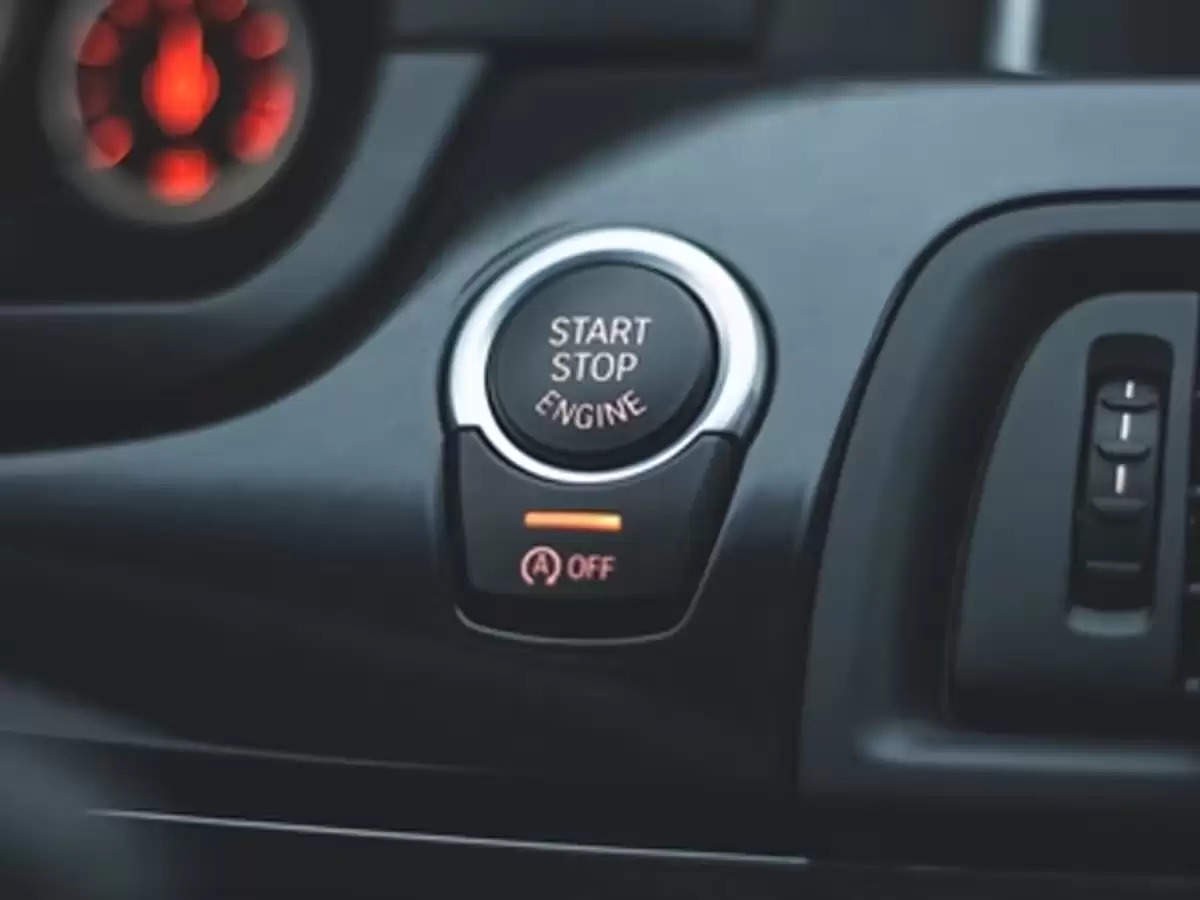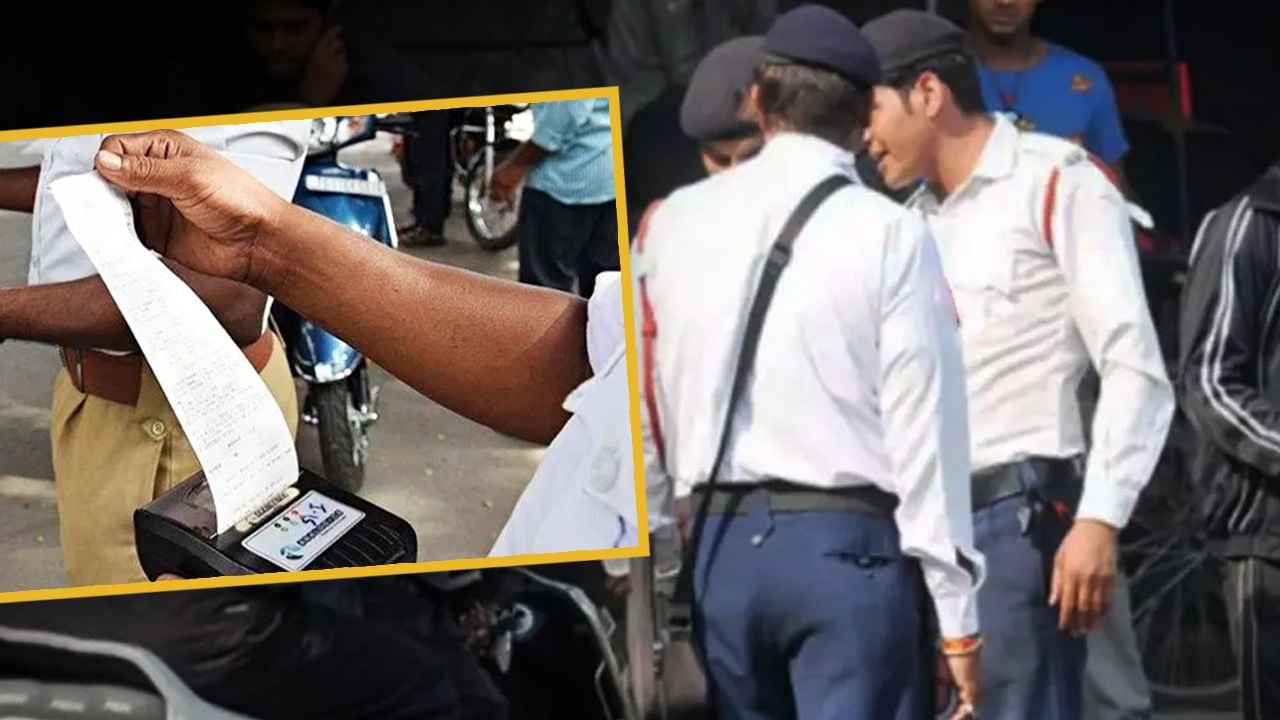The Centre is planning to introduce new norms in car safety as road accidents continue to surge in India. The Ministry of Road Transport and Highways (MoRTH) has shared a draft policy which proposes installing in-built collision warning signal in passenger cars as well as commercial vehicles to bring down the number of road accidents in the country.
The collision warning signal, termed as Moving Off Information System (MOIS), is proposed to be installed in ‘certain category of four-wheelers passenger and commercial vehicles’. The ministry said this will help warn vehicles in case of possible collision with pedestrians and cyclists.
The draft issued by the ministry, called the ‘Approval of motor vehicles with regard to the Moving Off Information System for the Detection of Pedestrians and Cyclists’, is a system to detect pedestrians and cyclists in close proximity as well as inform the driver of potential collisions. The draft policy has also outlined the standard for MOIS which will be notified once the draft is approved.
The draft policy comes amid reports that India recorded a total of 4,61,312 road mishaps last year. The number of people killed due to these accidents has gone up to 1,68,491. Nearly 4.45 lakh people were also injured in these road accidents. Overspeeding remains the biggest killer on Indian roads. This has caused nearly 75 per cent of the accidents that have taken place in 2022. Wrong-side driving is also one of the biggest reasons behind increasing cases of road mishaps, contributing about six per cent. Union Minister Nitin Gadkari had recently said that his ministry aims to reduce the number of accidents half within next year. (Read full report)
The MoRTH, in its draft report, said, “Low-speed moving off from rest manoeuvres that involve collisions between M2, M3, N2 and N3 vehicle category vehicles (subject vehicles) and pedestrians and cyclists have serious consequences for these vulnerable road users (VRUs). Since collisions with these characteristics still occur and advanced driver assistance systems have been introduced in a lot of vehicle segments, it is obvious to use such assistance systems for avoiding accidents between subject vehicles and VRUs.”
The report said that once the draft is approved, the vehicle manufacturers will have to ensure certain standard to develop in-house anti-collision mechanism based on its suggestions. The system will work in case of potential frontal collision with a VRU. The report refers VRU as adult or child pedestrians and cyclists. “Therefore, this standard requires the activation of a proximity information signal in case pedestrians or cyclists enter the critical blind spot area in front of the vehicle, should the subject vehicle either be preparing to move off from rest in a straight line or be travelling straight ahead at low-speeds,” the MoRTH said.





